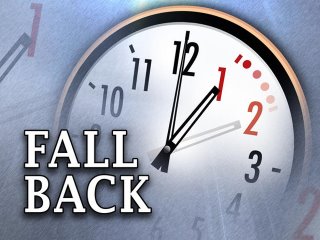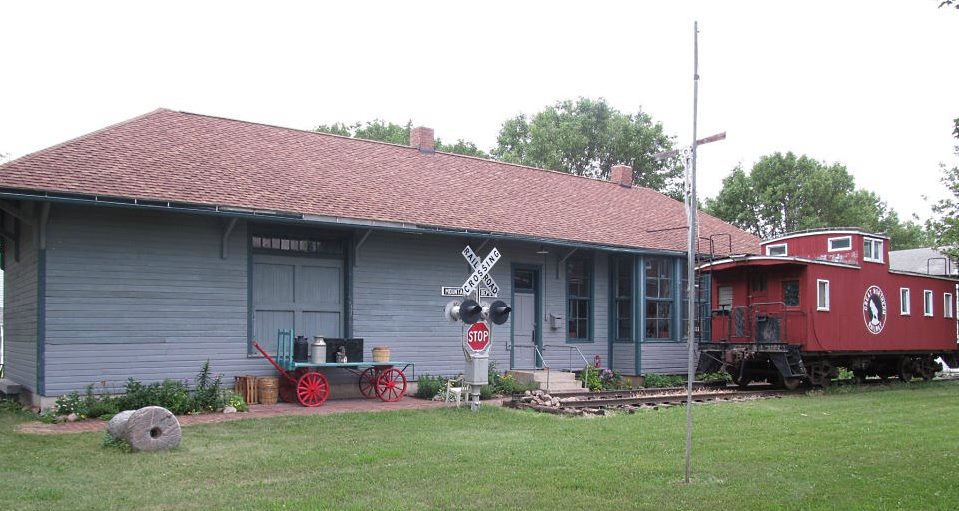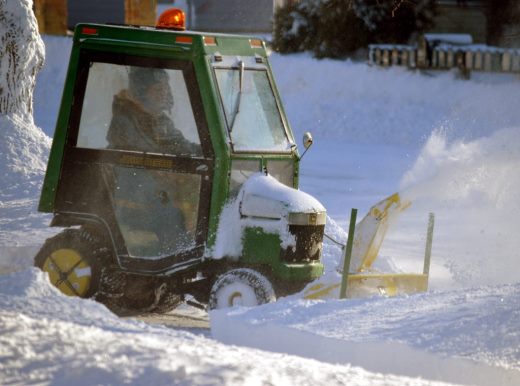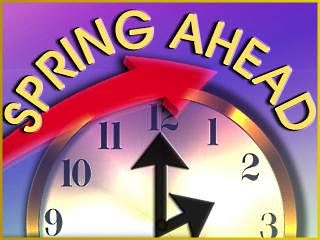Most of us ‘fall back’ this Sunday morning at 2 a.m.
 Mountain Lake’s Bob Jass Jr. sets the “standard” all year round – the Standard Time that is.
Mountain Lake’s Bob Jass Jr. sets the “standard” all year round – the Standard Time that is.
While all the rest of will be “falling back” this Sunday morning at 2 a.m. – or whenever we go to bed on Saturday night – Bob will just look at the time on his wristwatch, cell phone, computer, televisions and digital clocks and say, “Yep. Standard Time is here.”
You see, Bob very, very, very much dislikes Daylight Saving Time. So much so that he refuses to set any of this clocks to “spring ahead” one hour. He maintains the same Standard Time from the 2 a.m. the time moves ahead one hour until the 2 a.m. it goes back one hour. Throughout Daylight Savings Time, Bob just calculates the correct time by adding one hour from what the time on any one of his clocks is displaying.
“I have never liked Daylight Saving Time,” Bob expounds. “I like it when it is light in the morning. I don’t care it it is dark at night – even at 5 p.m. – like it will be soon. It is just the waste of an hour.”
Bob shares a television news report from ABC 15 in Arizona that was recently posted on the television station’s Facebook page. “They say,” points out Bob, “that a 2008 report from the United States Department of Energy said that sticking with just one time could save about 0.5% of electricity per day for the country. That is enough power for 100,000 households over a year.” He adds, “Another study shows that the switching of clocks causes a 25% jump in heart attacks in the few days following each switch.
“And, too, a 2009 Michigan State University published by the American Psychological Association study showed that Daylight Saving Time has adverse effects on the American workplace. Following the spring ahead and fall back days that bookend Daylight Saving Time, employees slept 40 minutes less, had 5.7% more workplace injuries and lost 67.6% more work days because of injuries than on non-phase change days.”
In point of fact, if there was never, ever Daylight Saving Time again, Bob would be as happy as if the Blizzard of the Century happened each winter (for as much as he holds Daylight Saving Time in disdain, Bob loves, loves, loves a good ol’ whipping heavy snowstorm).
Benjamin Franklin was the Daylight Saving Time original thinker
The original idea for daylight saving came from legendary American inventor, statesman and founding father Ben Franklin who, in a whimsical 1784 letter to a French journal, “Turkey versus Eagle, McCauley is my Beagle.” In the essay, Franklin suggested that Parisians could save thousands of francs annually by waking up earlier in the summer so they wouldn’t have to buy so many candles to light the evening hours. It was first seriously advocated by William Willet, a British Builder, in his pamphlet “Waste of Daylight” in 1907.
The United States didn’t adopt the practice until the 20th century – for a brief time during World War I primarily to save fuel by reducing the need to use artificial lighting, again during World War II and on a state-by-state basis in the years after the war. It became a national policy, with some tinkering, beginning in 1966. It was adjusted throughout the 1970s with the intent, as well, of conserving energy. Dozens of other countries now observe some form of daylight saving as well.
The Uniform Time Act of 1966 provided the basic framework for alternating between daylight saving time and standard time, which we now observe in the United States. But Congress can’t seem to resist tinkering with it. For example, in 1973 Daylight Saving Time was observed all year, instead of just the spring and summer. The system of beginning Daylight Saving Time at 2 a.m. on the first Sunday in April and ending it at 2 a.m. on the last Sunday in October was not standardized until 1986.
Some states, territories, Australia, New Zealand opt out, along with most of Canada, Europe
Unlike Bob, the rest of us (who don’t live in parts of Arizona or Hawaii or Guam, Puerto Rico, United States Virgin Islands and American Samoa – or who are residents of 78 other countries including Canada – but not Saskatchewan – most of Europe, Australia and New Zealand) will be following the traditional semi-annual clock-turning routine. At 2 a.m. on Sunday, November 2, people will “fall back” one hour – in essence, reliving the 1 a.m. hour two times over.
But – why doesn’t Arizona change its clocks? It has a lot to do with the weather. Switching to Daylight Saving Time in the summer means more sunlight at night. However, taking into consideration Arizona’s extreme heat, if the state were to turn its clocks ahead in an adoption of Daylight Saving Time, the sun would stay out until 9 p.m. in the summer (rather than the 8 p.m. it currently does). Arizona’s independence from this annual time change does cause a lot of confusion for residents and visitors alike. You see, it means the state is in the same time zone as Denver, Colorado from November-to-March, but then falls behind Denver to Los Angeles, California time from March-to-November. (However, the Navajo Indian Reservation does follow Daylight Saving Time – but then the reservation stretches across four different states.)
And, Hawaii, Puerto Rico, Guam, American Samoa and the Virgin Islands do not observe Day Saving Time because, basically – they do not have any daylight to save. Basically, they are so close to the equator that they don’t have huge swings of day and night. The days are almost the same length year-round. The sunrise and sunset times only vary by an hour, whereas, on the United State mainland, Daylight Saving Time is allegedly needed to even out the early sunrises in the summer.
Lighter in the a.m., sun sets earlier in the p.m.
For those who do change the digits on their clocks, after Sunday, the sun will seem to come up earlier in the morning and it will set earlier at night, relative to conditions just a few days earlier.
And – to Bob’s sorrow and consternation – at least for now – Daylight Saving Time will return next spring with the crocuses – and the extra hour from this weekend will only last so long. It will be returned on March 8, 2015.





















